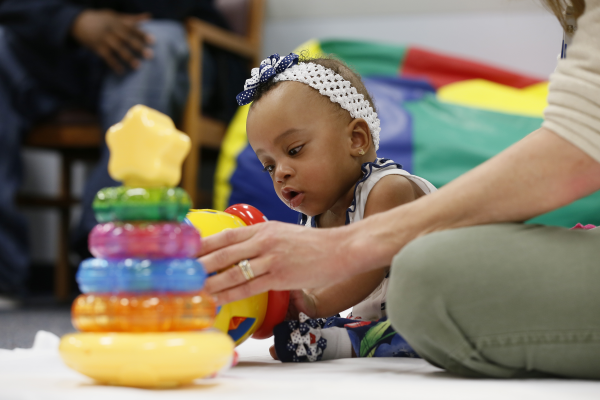
Pediatric OT Jobs
What is Pediatric Occupational Therapy? How does it help children? How do Pediatric OT Jobs Help? These questions and more are answered in this article. By the time you’ve finished reading, you will be better equipped to make a difference in your child’s health and well-being
The basic function of Pediatric Occupational Therapy is to help children with physical ailments improve their quality of life through coordinated physical activities. In other words, it works with children who have a condition or disease that limits their movements. What types of activities does it help children with? What do these tasks involve? Here are some of the most common occupational tasks
Moving Hands and Arms: What many parents might not realize is that children who use Pediatric Occupational Therapy have more mobility than their peers. A child whose hands and arms are able to move independently and can play independently is often more able to complete daily tasks. Examples of such tasks include pushing a stroller, opening drawers and dressers, dressing themselves, and moving from one spot to another.
Holding a Clipper: Some people think that holding a clipper is only related to adults who have had plastic surgery, but this is just not true. Using the clipper to cut hair or trim a child’s nails, or using it as a tool to cut clothing or prepare food, is just as important as a normal clipper. Click here to know more.
Scratching: What many parents might not realize is that most children have a desire to scratch their skin. They do so as a way to release stress and relieve boredom. Using the clipper or nail scissors to gently scrape at skin and apply antiseptic ointment may be beneficial for children with rashes or other conditions. This is especially important if a child has dry, cracked, scaly skin.
What many parents don’t realize is that many children are allergic to different kinds of skin irritants. Scratching their skin and rubbing it down with ointment can help them avoid these irritants. by helping to relieve irritation and allowing the child’s skin to heal. on its own.
Fingerprinting: Fingerprinting is not something many parents will have to think about when they are considering their child’s health. However, with the advancements in technology and medical care, it can be an important skill that a parent can teach their child. This type of instruction is especially valuable in homes where children may share a room.
Fingerprinting involves creating a series of impressions (fingerprints) by pressing on the skin with the tip of your finger and collecting samples of the print material from the object with which you pressed. It may be useful for testing small objects that can cause allergies.
Dressing: What parents might not realize is that children’s eyesight is affected by their exposure to certain foods. Children with dry, brittle or wrinkled eyes can benefit from this simple task as it helps them to maintain proper vision.
Making a Hat: One of the most important things a parent can do for their child’s head and neck area is to make sure that they are getting enough exercise. By using the clipper or nail scissors on their child, they can help the child to avoid cuts, scrapes, or abrasions.
Making Sure You Feed Your Child Properly: As a parent, it’s important to ensure that your child eats the right kinds of foods. As you know, there are many common food allergens and food particles that can cause skin rashes and other allergies. If a child is allergic to food, it’s important to make sure that they are receiving the right kind of nutrition.
Making sure that the child receives the right amount of vitamins and minerals and making sure that they eat foods that are low in fat, sugar, or salt are all important things to do to prevent and manage this food allergy. This is why it’s important to be aware of the food choices that you give your child each day. When a child is diagnosed with an allergic reaction to a specific food, it’s usually best to eliminate that food from their diet for a period of time.
Making Sure Your Child Has Cleanliness: If you are a mom, make sure that you clean up after yourself. While cleaning your child’s room, it’s helpful to be aware of items that might contain dust, dirt, or other allergens. Searching for Pediatric Therapy Jobs in Texas, Contact Us.
Read our other Career Articles.



